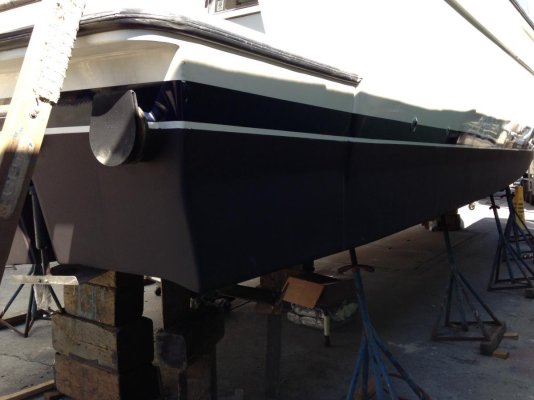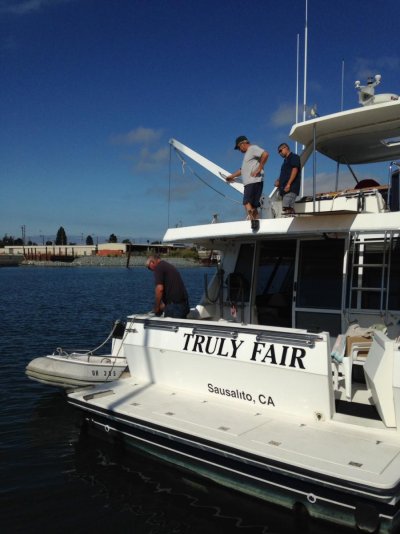woodsea
Veteran Member
- Joined
- Jul 21, 2011
- Messages
- 49
- Vessel Name
- Kia Orana
- Vessel Make
- Bayliner 4788
Our boat has a 3.5' hull extention hung off the back of the old transom that was installed by NHD in Anacortes. It basically takes the place of the old swim platform. It has three large access hatches on the top. Inside is a large open area. The house batteries (4 GC lead acid) are installed here. I need to add ventilation to the area for battery off gassing and mildew control. The gross volume is approximately 180 cubic feet. I think I want 24/7 ventilation. Passive ventilation for the extention has some challenges in airflow restrictions. I am thinking of building the ducting out of something like 4" PVC pipe.
How much ventilation (cfm) do I need?
What kinds of small, 12v, inline fans are capable of 24/7 operation?
What other considerations are there?
How much ventilation (cfm) do I need?
What kinds of small, 12v, inline fans are capable of 24/7 operation?
What other considerations are there?
Last edited:



